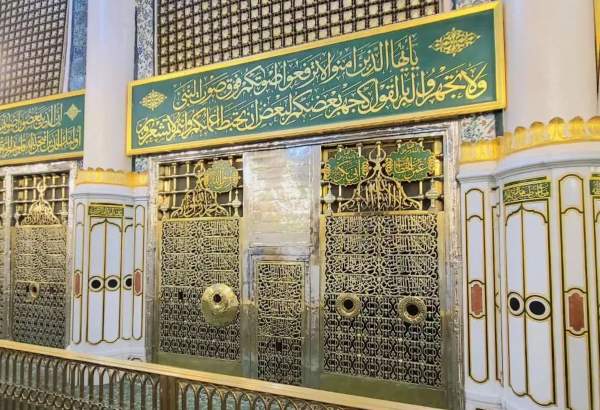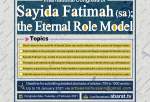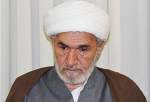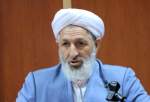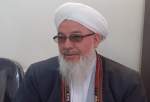Hazrat Fatima al-Zahra (peace be upon her), the beloved daughter of Prophet Muhammad (peace and blessings be upon him and his family), holds a unique position in Islam, a paragon of virtue, knowledge, and resilience particularly in Shia traditions.
12 Apr 2025
- Gaza death toll tops 50,900 after Israeli army kills 26 more Palestinians
- 'We reject any plan that forces Palestinians to leave their homeland': Turkish foreign minister
- Israeli forces summon Al-Aqsa Imam for interrogation following Friday prayer
- Israel army dismisses senior commanders, hundreds of reservists calling for end of Gaza war
- OCHA warns of escalating civilian suffering in Gaza as hostilities continue
- UNRWA: 400,000 displaced people in Gaza since March 18
- Hamas asks UK to lift its designation as ‘banned organization’
- Lebanon reports new Israeli drone strike amid ceasefire violations
- 1,000 Israeli Air Force reservists demand end to Gaza war to free captives
- Over 100 killed in attacks by paramilitary RSF in Sudan’s Omdurman: Medics

